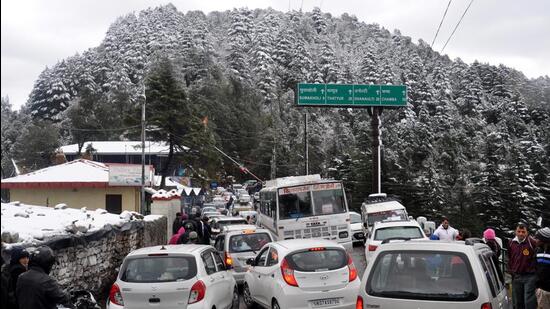On April 16, India celebrated a big moment in railway history. Railway Minister Ashwini Vaishnaw, along with Uttarakhand’s Chief Minister Pushkar Singh Dhami, visited the site of India’s longest rail tunnel in Janasu, Uttarakhand. They witnessed a special boring machine make a breakthrough 3.5 km deep into the tunnel, breaking the last layer of rock.
This tunnel, which is 14.57 km long, is a key part of the ambitious 125-km rail link project between Rishikesh and Karnaprayag. Ashwini Vaishnaw described the breakthrough as historic because it happened on the same day that rail service started in India back in 1853.
The Rail Vikas Nigam Limited (RVNL), under the Ministry of Railways, is building this project. They used a German-made tunnel boring machine called ‘Shakti’ to achieve this milestone. There’s also a second tunnel being built, expected to be finished by July.
RVNL’s CMD, Pradeep Gaur, explained this technology is new for building tunnels in the mountains. The tunnel being built is nearly as fast as the second fastest in the world! Gaur mentioned that this work is vital for improving travel across India’s hill states.
The Rishikesh-Karnaprayag project aims to connect important towns like Devprayag, Srinagar, and Rudraprayag, involving lots of tunneling. More than 83% of the rail route will be through tunnels. Officials highlighted that building this tunnel faced many challenges, including transporting heavy machinery along narrow roads.
Once completed, this project will make travel quicker, improve access to remote areas, and support tourism and development. It’s also a crucial part of connecting to the Char Dham pilgrimage sites in the region.





Leave a Reply